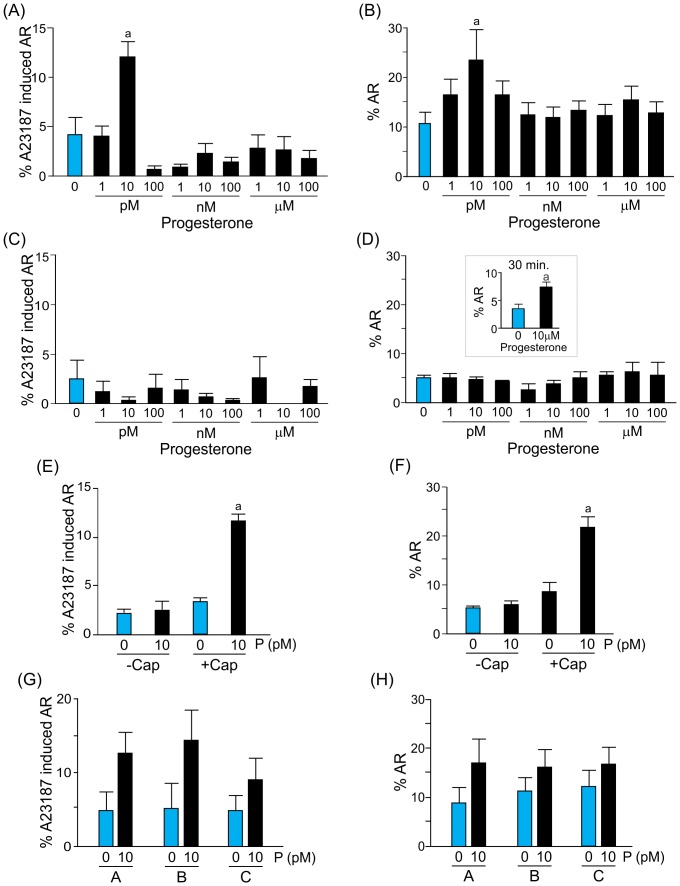Figure 2. Picomolar gradients of progesterone generated in the chemotaxis chamber stimulate either priming or the acrosome reaction in different sperm subpopulations.
Percentage of spermatozoa primed (A) or acrosome-reacted (B) after a 15 min exposure to gradients of different progesterone concentrations (1 pM to 100 µM). Percentage of spermatozoa-primed (C) or acrosome-reacted (D), after a 15 min exposure to a homogeneous distribution of different progesterone concentrations (1 pM to 100 µM). Data are shown as means ± s.e.m. calculated from 7 independent experiments, counting 200–600 cells per treatment. a, significant differences vs. without progesterone (p<0.05). Inset: Percentage of acrosome-reacted spermatozoa after a 30 min exposure to a homogeneous 10 µM progesterone concentration. Data are shown as means ± s.e.m. calculated from 3 independent experiments, counting 200-600 cells per treatment. a, significant differences vs. without progesterone (p<0.05). Percentage of spermatozoa-primed (E) or acrosome-reacted (F) in capacitated (+cap) or non-capacitated (-cap) populations, after a 15 min exposure to a gradient of 10 pM progesterone. Data are shown as means ± s.e.m. calculated from 4 independent experiments, counting 200–600 cells per treatment. a, significant differences vs. without progesterone (p<0.05). Percentage of spermatozoa-primed (G) or acrosome-reacted (H) in the presence or absence of progesterone, located in different longitudinal areas of the connection between wells (A, close to the progesterone well; B, in the middle; and C, close to the culture medium well).

